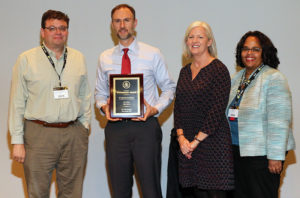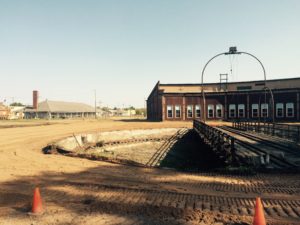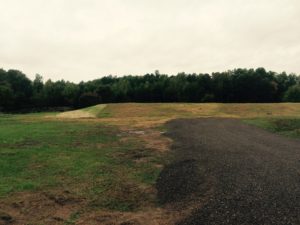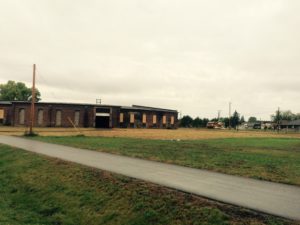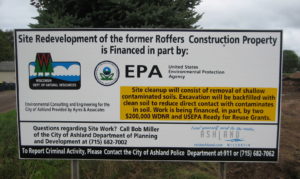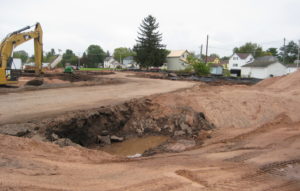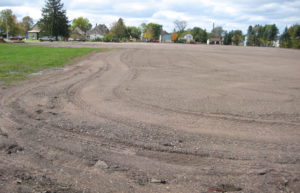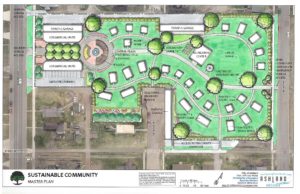The EPA’s Office of Site Remediation Enforcement announced the schedule for the series of eight listening sessions related to recommendations contained in the July 2017 Superfund Task Force Report. These listening sessions will provide a forum for EPA personnel to obtain stakeholder input on specific recommendations, increase public participation and transparency, and strengthen communication with stakeholders.
The eight listening sessions begin May 21, 2018 and end June 18, 2018. Information on each of the listening sessions and registration links are available on the EPA’s website at https://www.epa.gov/enforcement/listening-sessions-superfund-task-force-recommendations. The first session addresses Recommendation 16.2 and focuses on expediting negotiations with potentially responsible parties under Superfund cleanup agreements. Registration for the first listening session is open now.
The registration form provides a participant with the option to make live verbal remarks or to listen online. All session participants must register. Registration for verbal remarks also means the opportunity to listen to the entire session. The registration slots for verbal remarks are limited due to the two-hour time frame for the session. Additionally, the agency would like listening session participants to focus their remarks, both verbal and written submissions, on the questions and topics identified on each session’s registration form. Written remarks can be sent to OSRE via the listen session email address: osre-sftf-listeningsession@epa.gov.

